The Pan Flute
The Pan Flute is an original modern artwork realized by Ferdinand Bac (1859 - 1952) in 1922 .
Signed and dated on plate on the lower left corner: F. Bac 1922.
Original Lithograph on ivory paper.
Perfect conditions.
Discover More Interesting Modern Artworks On Wallector.com!
The Pan Flute is an original modern artwork realized by Ferdinand Bac (1859 - 1952) in 1922 .
Signed and dated on plate on the lower left corner: F. Bac 1922.
Original Lithograph on ivory paper.
Perfect conditions.
Discover More Interesting Modern Artworks On Wallector.com!
The Pan Flute is an elegant Liberty Lithograph depicting the myth of Pan and Syrinx, the figure on the foreground. Pan was considered to be the god responsible for the adjudication of human activities involving animals, most prominently hunting and animal husbandry. He was also characterized by a close symbolic link to the undomesticated world. Myths involving Pan frequently contain music. One of the famous myths of Pan describes the origin of his trademark pan flute. It begins with Pan experiencing immense feelings of love for Syrinx, a beautiful nymph who, as a follower of Artemis, maintained a strict vow of chastity. Though she scorned them all, Syrinx was nonetheless beloved by the satyrs and other wood dwellers. As she was returning from the hunt one day, Pan ambushed her. She ran away without pausing to hear his flattery, and he pursued her from Mount Lycaeum until she came upon the bank of the River Ladon. Here he overtook her. Desperate, Syrinx called upon the river nymphs for help, and just as Pan laid hands on her, she was transformed into the river reeds. When the air blew through the reeds, it produced a plaintive melody. Pan took these reeds to fashion an instrument that he dubbed the syrinx in honor of his lost love.
This work has been realized the French artist Ferdinand Bac (1859 - 1952). Ferdinand-Sigismond Bach, known as Ferdinand Bac was a French cartoonist, artist and writer, son of an illegitimate nephew of the Emperor Napoleon. As a young man, he mixed in the fashionable world of Paris of the Belle Époque, and was known for his caricatures, which appeared in popular journals. He also traveled widely in Europe and the Mediterranean. In his fifties, he began a career as a landscape gardener.




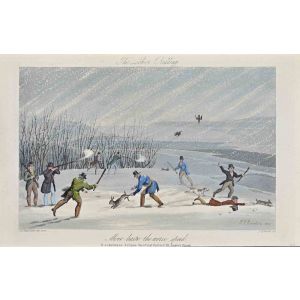

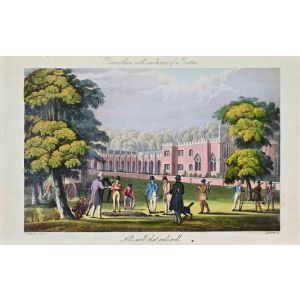


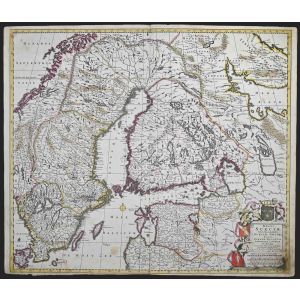
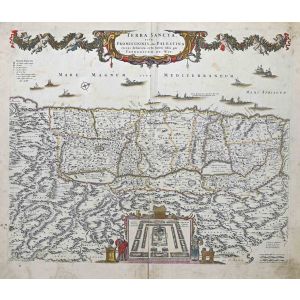
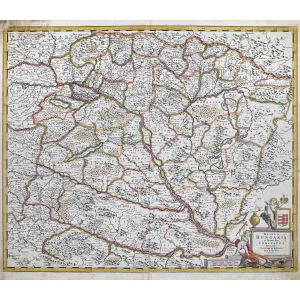
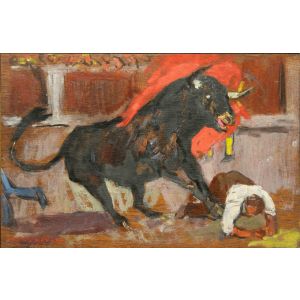
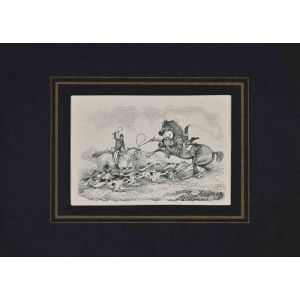
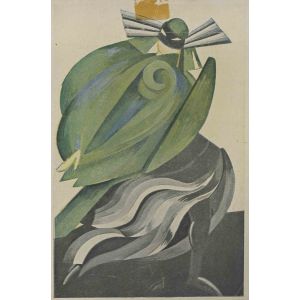
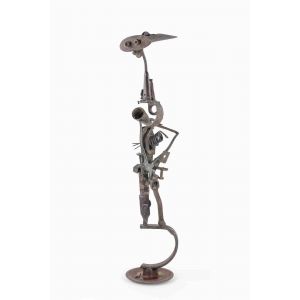
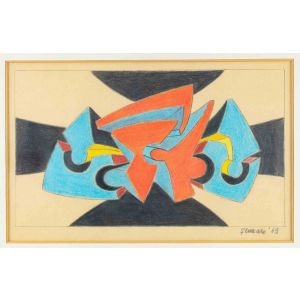
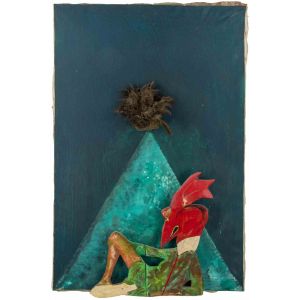
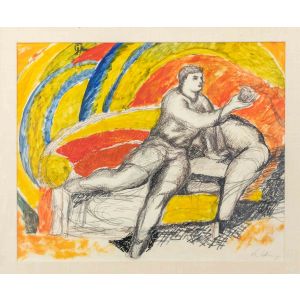
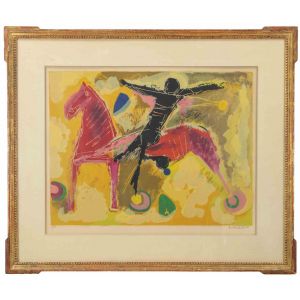
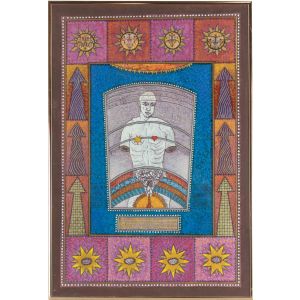
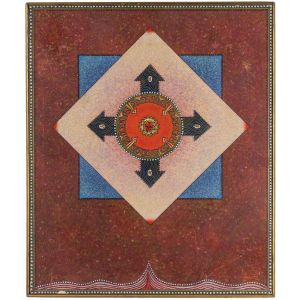
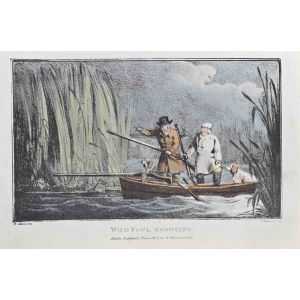


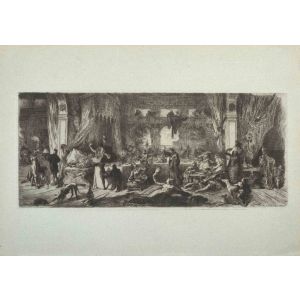

















Validate your login
Sign In
Create New Account